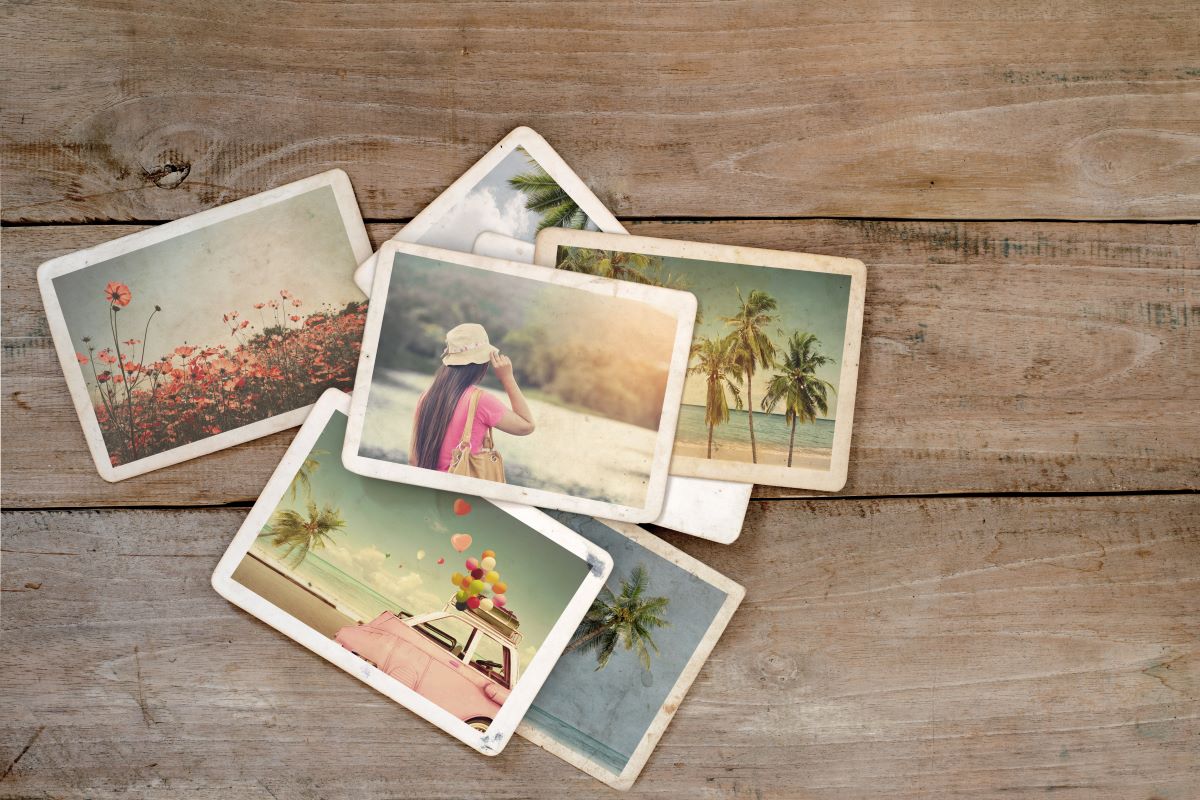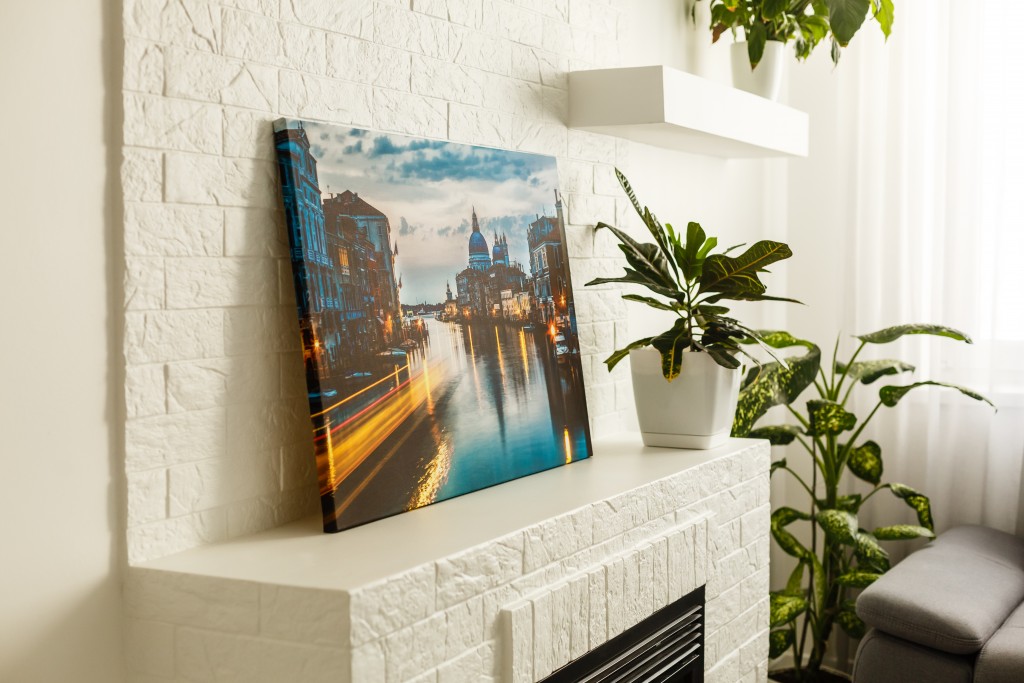Everybody who loves to travel has got to be feeling a little bummed right now. With the cloud of Covid-19 hanging over us all, we can’t simply resume our free-flying, road-tripping ways.
Obviously, if travel restrictions are our biggest concern at a time when so many others are suffering, we’ve got a lot to be grateful for. There are many more stressful things going on in the world right now.
But mobility restrictions deprive many people of a powerful means to deal with stress. Finding a creative way to satisfy that travel itch can be a great way to lighten the burden on your mental health.
Fortunately, there’s something you can do to relieve your stress and relive your favorite experiences on the road: creating a travel photo gallery on your wall.
It’s really easy because you probably have all the resources you need. And you might not even need power tools; manufacturers nowadays make self-drilling steel screws. But before you get started, it’s advisable to invest some time in planning a good layout.

A feel-good activity
What does the average traveler do with all their photos? In the days of film cameras, you’d probably have them developed to a standard size, and fit them into one photo album per trip. Those albums would be shelved away, to be revisited on rare occasions.
Or perhaps if you wanted to take things up a notch, you’d make a scrapbook and fill it with other stuff from your journeys. Tickets from a park or show, boarding passes, luggage tags, or even receipts can spark nostalgia. Maybe you’d take out your favorite photos and put them in a picture frame on your mantelpiece.
In the digital age, however, we tend to take photos at a much higher volume. An unfortunate consequence is that they often languish in our hard drives; only a handful of the best get filtered and uploaded to social media.
Laying out a photo gallery is an act of curation. It takes you down memory lane and improves your mood, minus the criticism you might get from flooding other people’s feeds.
And by reviewing your older photos with intentionality, you start picking up ideas about what makes a photo look good in a display. You can learn more about photography itself.
Guided by purpose
Keep in mind that displaying your travel photos on your wall is a step up from filing them away in the cloud or in an album. A layout must have a purpose, and that purpose in turn will guide your entire design.
Who is the display for? If it’s mostly for you and your family, then instead of choosing just the best-looking photos, you’ll want to highlight moments of significance.
But if you’re planning to create something that’s a conversation starter for guests, you’ll want to choose images that make people ask questions. Not just “where was that taken?” but “what was it like?” or “what were you doing?”
Executing on layout
An effective layout makes use of several elements to achieve these goals. The viewer’s eye is drawn to color, contrast, and size. Your choice of framing can also affect visual weight, both in the design of the frame itself and the amount of negative space created by the matboard. And remember that tactic they use in supermarket displays: whatever’s on eye level will naturally grab the attention.
Thus, if you’re going to place some photos way up high, or around knee-level, they need to be printed out on a larger scale. Or the images should be easy to grasp visually. A portrait is good, but with a group photo, it’s harder to make out individual faces unless you want the viewer to stop, or climb a ladder.
When you start going through your old photos, it’s useful to have some means of visualizing the layout. Thankfully, you don’t need to be an InDesign professional to accomplish that. Free online tools such as Qikframe or Wexel Art let you upload photos and get a preview of how it will look.
As an alternative, you can simply print small copies of your photos and arrange them by hand on a corkboard. The main advantage of this method is that it allows you to factor in the actual room lighting conditions. You can also get a better feel for how the entire layout will fit in alongside your furniture and other objects in the room.
Above all, don’t rush through this process. It’s something to be enjoyed. Take your time, because the travel industry might not return to normal for a while. In the meantime, soak up those old photos for every ounce of nostalgia and feel-good vibes you can get.

